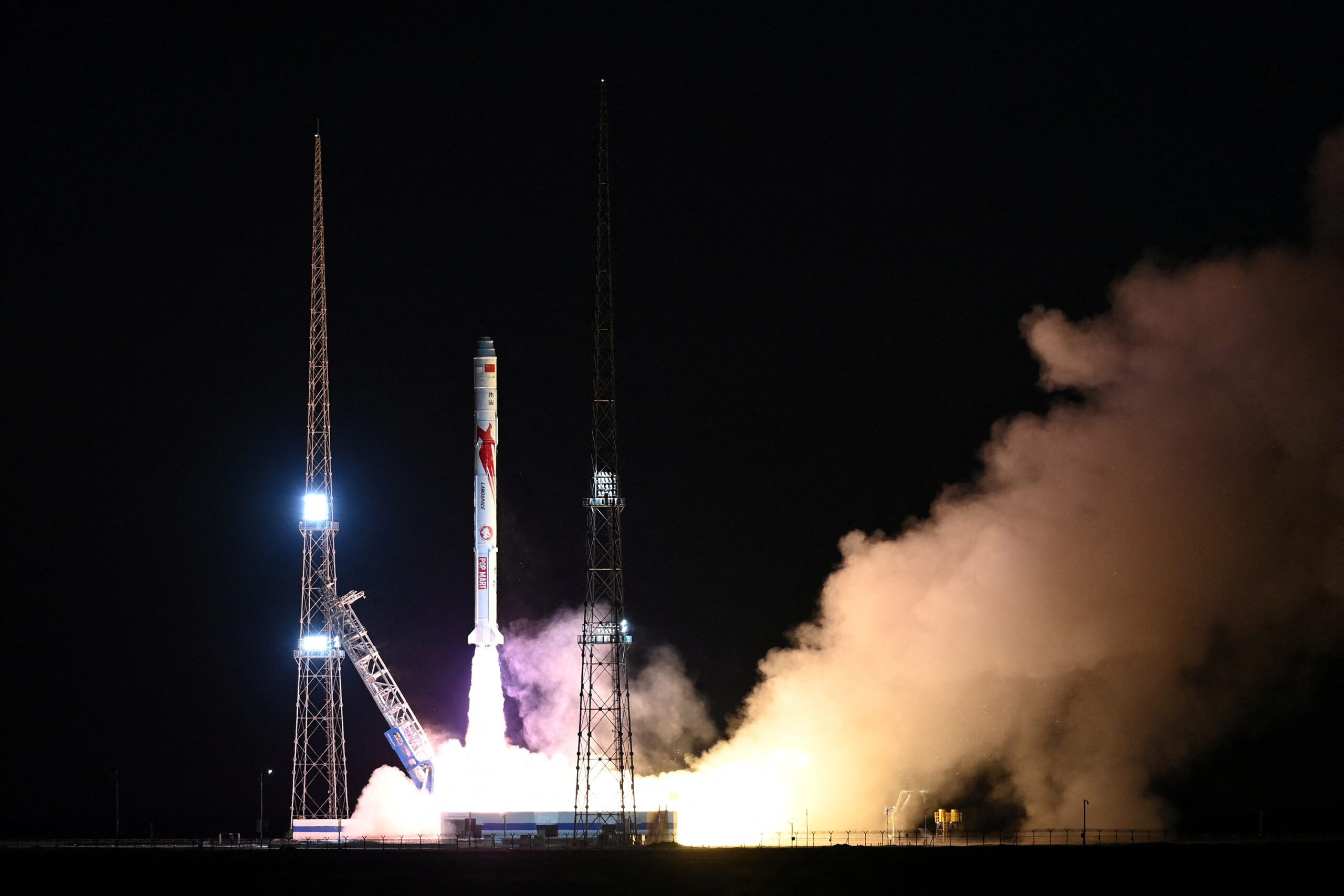SUMMARY
This is AI generated summarization, which may have errors. For context, always refer to the full article.

BEIJING, China – China warned that remnants of a rocket would hit an area in the South China Sea on Tuesday, December 26, following the sixth deployment of its most powerful launch vehicle eleven days ago.
Rocket debris, which generally burns up in the atmosphere on re-entry, is expected to fall off the coast of China’s island province of Hainan between 11:00 am and noon, said the China Maritime Safety Administration.
China launched a Long March 5 rocket on December 15 from Hainan’s Wenchang launch site, a sixth launch of the rocket type since its first flight in 2016. A variant of the rocket, the Long March 5B, was previously used to launch China’s probe to Mars and also modules of its space station.
A 2021 launch of the Long March 5B caused particular anxiety due to speculation over where remnants would land. In 2020, debris from a Long March 5B fell on Ivory Coast, damaging several buildings.
The Long March 5 mission earlier this month successfully launched what Chinese state media described as “a high-orbit optical remote sensing satellite”. The powerful rocket is normally used to launch very large payloads.
The “satellite” will be used in land surveys, crop yield assessments, environmental management, meteorological warning and forecasting, and disaster prevention and relief, said the official Xinhua news agency.
Xinhua also reported at the time of the launch that the fairing of the payload atop the rocket was 18.5 metres (60.7 feet), far longer than the usual 12.267 m, suggesting an unusually large “satellite”. No images of the satellite have been released to the public.
The unusual payload has sparked guesses that it is a high-altitude satellite would hold above the Earth at a fixed location, allowing it to peer down continuously at a certain region from its perch. – Rappler.com
Add a comment
How does this make you feel?
There are no comments yet. Add your comment to start the conversation.